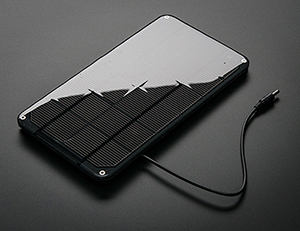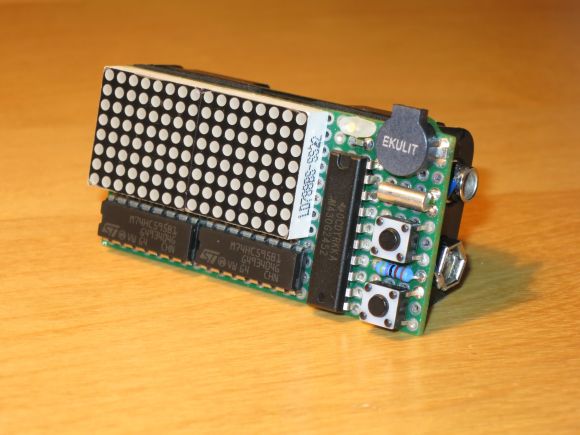 [robin] has a Red Camera (lucky!), an absurdly expensive digital video camera. As you would expect the batteries are also absurdly expensive. What’s the solution? Battery packs from cordless drills.
[robin] has a Red Camera (lucky!), an absurdly expensive digital video camera. As you would expect the batteries are also absurdly expensive. What’s the solution? Battery packs from cordless drills.
Cordless drills are interesting pieces of tech that can be easily repurposed; there are huge battery packs in them, big, beefy motors, and enough hardware to build an Automatic Cat Feeder or a motorized bicycle.
What if those old Makita batteries don’t charge? That usually means only one or two cells are dead, not the whole pack. Free LiIon cells, but you need to charge them. Here’s a single cell charger/boost converter that will do the trick.

A problem faced by amateur radio operators around the world is the lack of commercial power. Plugging a portable shack into a wall will work, but for uninterrupted power car batteries are everywhere. How do you combine wall power and car batteries for the best of both worlds? With an In-line battery backup module.
 All of the projects above rely on charging a battery through wall power, and sometimes even that is impossible. Solar is where we’re headed, with solar LiPo chargers, and solar LiFe chargers. That’s more than enough to keep a smartphone charged, but if you want to go completely off the grid, you’re going to need something bigger.
All of the projects above rely on charging a battery through wall power, and sometimes even that is impossible. Solar is where we’re headed, with solar LiPo chargers, and solar LiFe chargers. That’s more than enough to keep a smartphone charged, but if you want to go completely off the grid, you’re going to need something bigger.
[Michel] has been off the power grid 80% of the time since he installed his home PV system a few years ago. How’s he doing it? A literal ton of batteries, huge chargers, and a 5kW inverter.




 [robin] has a Red Camera (lucky!), an absurdly expensive digital video camera. As you would expect the batteries are also absurdly expensive. What’s the solution?
[robin] has a Red Camera (lucky!), an absurdly expensive digital video camera. As you would expect the batteries are also absurdly expensive. What’s the solution? 
 All of the projects above rely on charging a battery through wall power, and sometimes even that is impossible. Solar is where we’re headed,
All of the projects above rely on charging a battery through wall power, and sometimes even that is impossible. Solar is where we’re headed, 













